I have a BLE module. The reset is pulled up to 1.8V. The IOVDD is 3.3V. I need to use a programmer that can reset the module but the programmer is 3.3V. Is it ok to use the circuit below to make the programmer reset the module? (The MOSFET has Rds 0.15@Vgs=2.5V, Vgs(th)=0.85V)
-
Write down your expectation and simulate. – greybeard Jun 07 '23 at 09:20
-
Looks fine to me. Remember to choose a MOSFET so that Vgs=-1.8V is enough to turn it on (as much as you need it to be turned on). The Vgs when NRST goes low is -1.8V and not -3.3V. – user253751 Jun 07 '23 at 09:23
-
1When NRST=0V, the PMOS will pull down the voltage close to VTH i.e., 0.85V. It will not go to 0V. To get the exact voltage, you need to simulate the condition. With this voltage, you then need to check if the BLE module can be reset properly. I would not take this risk, I would use an NMOS instead and invert the gate control. – sai Jun 07 '23 at 09:51
-
@sai , good catch, reset VIL is 0.3*DVDD (0.3*1.8=0.54 max). Could you provide the NMOS alternative? – alsaleem Jun 07 '23 at 10:57
2 Answers
You'd be better off to use a Schottky diode. For example, at 1mA a 1N5819 would pull the /RESET input down to the NRST voltage + less than 200mV.
The p-channel MOSFET will pull it down to something like Vgs(th). Vgs(th) is typically specified at a very low current such as 250uA so if R? draws more than 250uA it won't even get that low.
Incidentally, the classic solution (which potentially has less voltage drop than a diode) is to use a single "1.8V" n-channel MOSFET with gate tied to +1.8, source to the module and drain to the 0/3.3V signal.
- 376,485
- 21
- 320
- 842
When NRST=0V, the PMOS will pull down the voltage close to VTH i.e., 0.85V. It will not go to 0V. To get the exact voltage, you need to simulate the condition. With this voltage, you then need to check if the BLE module can be reset properly. Since you confirmed that VILmax is 0.54V max, it won't work as you rightly concluded.
Edit: Here's a possible solution using NMOS. However, do look into the diode solution proposed by Spehro; that seems to be much easier to implement.
- 3,352
- 1
- 2
- 13
-
-
1
-
-
Yes, sure, you can use that. BTW, is NRST in your diagram an open-drain output? – sai Jun 08 '23 at 01:26
-
-
1Then, there is a possibility to connect that to the BLE's reset without any circuitry in-between. Probably the only point to check would be whether the J-Link loads the reset pin when it's supply is absent. – sai Jun 16 '23 at 01:32
-
yes. you are right. But I wanted to make circuit applicable to other debuggers as well. – alsaleem Jun 16 '23 at 21:23

